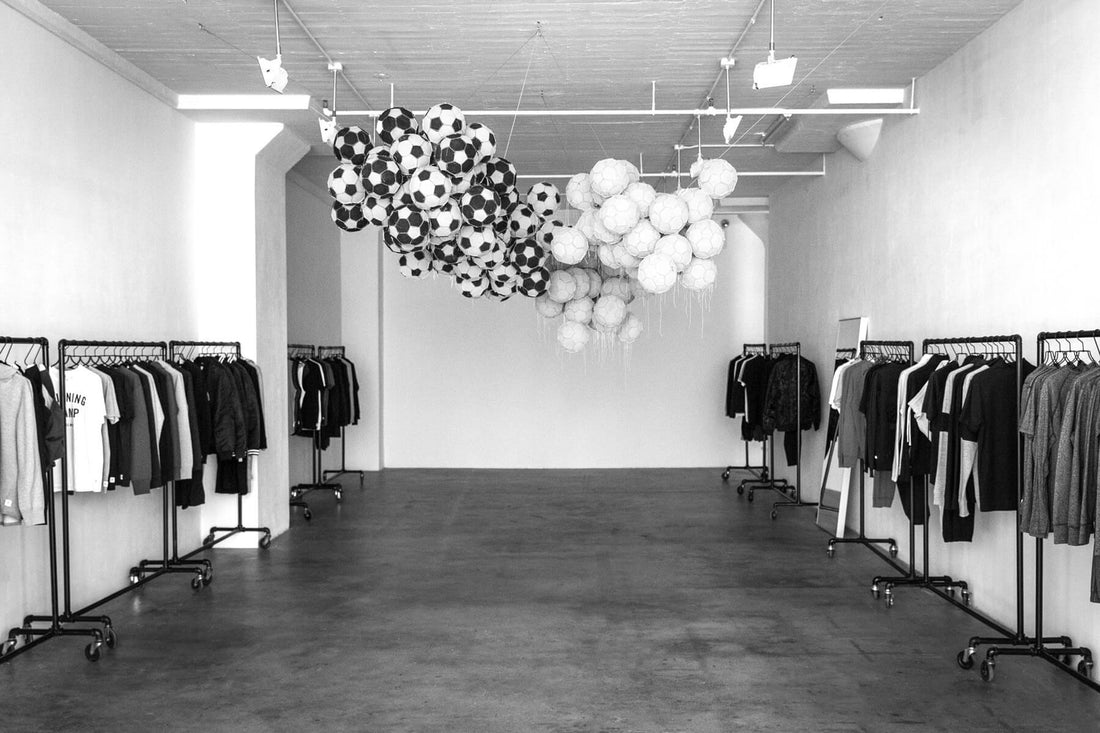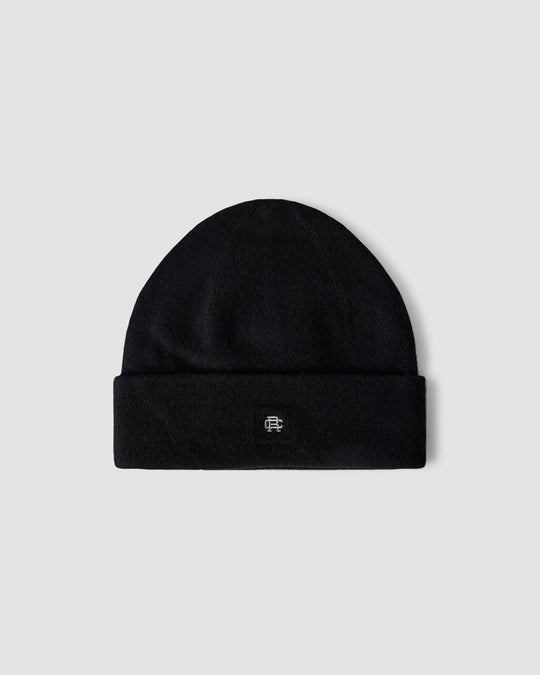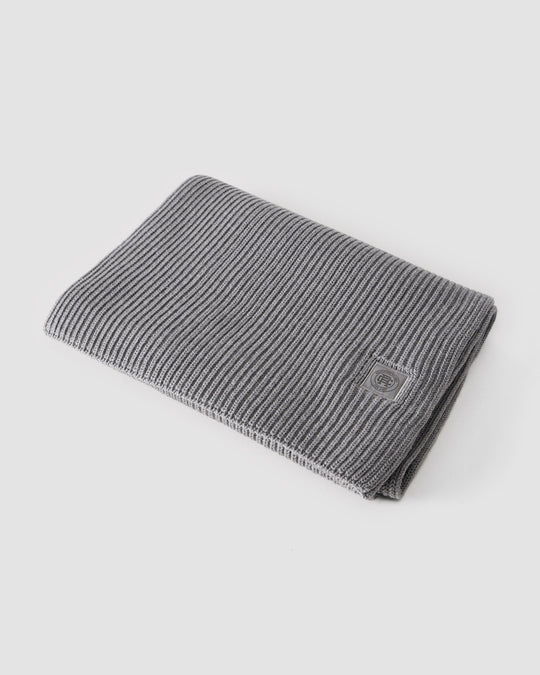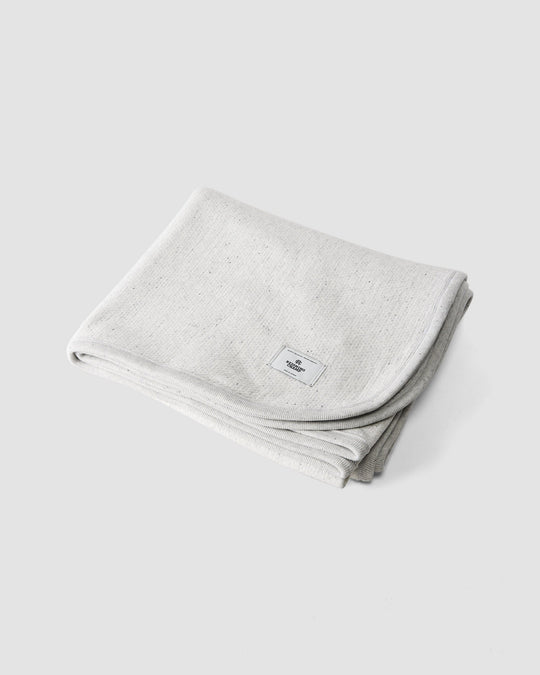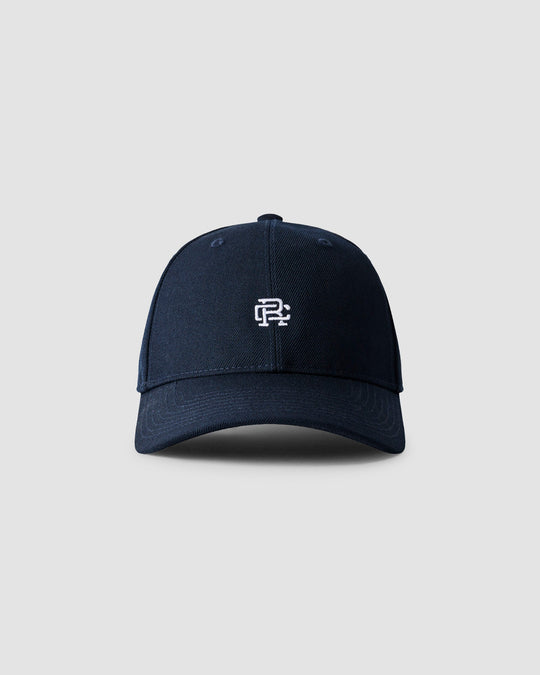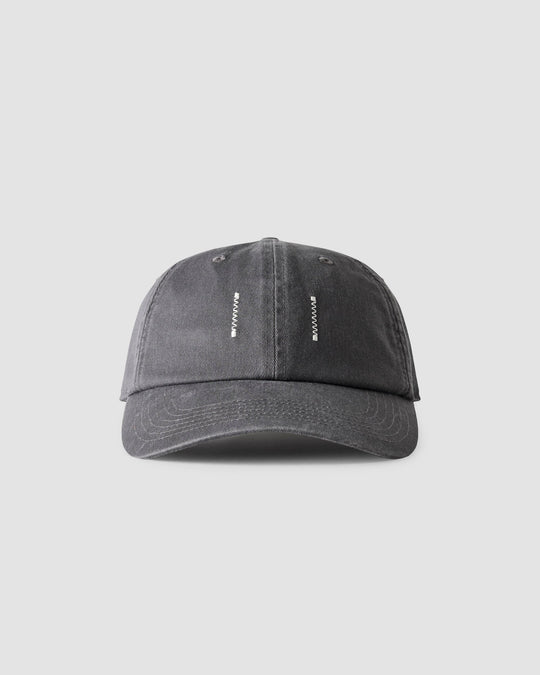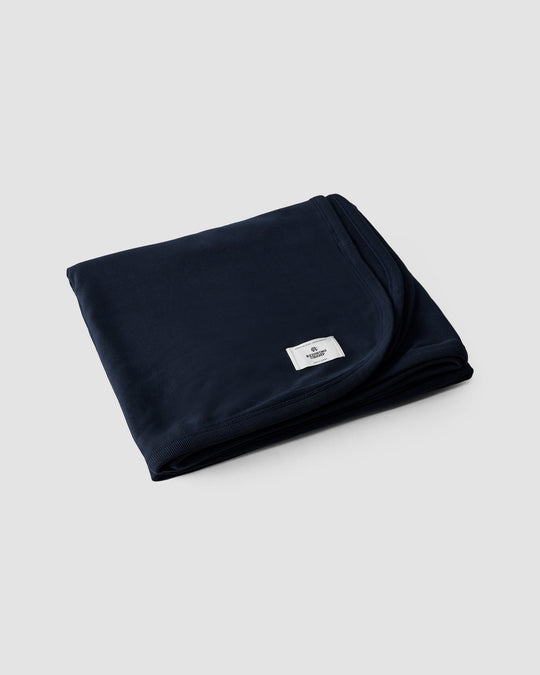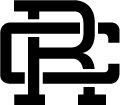CAN YOU SPEAK TO THE IMPORTANCE OF THE THREADS?
The threads exist inside the balls themselves, they are a space of movement that is free of control, the truth is that they are part of the history of the soccer ball, are symptoms of their own imperfection, which I find fascinating because now that they are exposed they are like a drawing in constant movement.
ARE THE OBVERSE & REVERSE WORKS INFLUENCED BY YOUR HOME COUNTRY OF GUATEMALA, ITS HISTORY AND CULTURE?
Definitely being in Guatemala is a determining factor for my work, I live in a country that has more than 7,000 years of producing art and this strongly determines my creative route. Guatemala is a country with multiple contradictions and problems as everyone knows, there is violence, poverty, inequality, etc. But in one thing Guatemala has always been in tune with the rest of the great world capitals producing culture, and it is the production of art and literature. With all the above, I will tell you that my context is fundamental in the development of my ideas.
SOME THEMES WE’VE TOUCHED ON – TRANSCENDING DIVISION, POLARITIES, UNITY, SHIFTING PERSPECTIVES – ARE VERY RELEVANT TO OUR CURRENT MOMENT, WHERE TRADITIONAL ORDERS SEEM TO BE IN REGRESSION, AND CONFLICT ON THE RISE. HOW DOES YOUR WORK CONNECT TO THE TIMES WE LIVE IN?
I think that artwork is always a symptom of the historical moment that it has to live at, although we live in a time where the divisions are more radical, we also have more tools to confront and denounce these divisions and see our strengths.
I think that the connections that art can give you are always more sensitive and perceptive, although art does not change the world, if it can awaken a "something" that will leave us with a feeling of advancing more ... and this is the trigger for any change, perhaps this is the function of art at this time.
It is a complex moment for humanity, let's not say for all the aesthetic or intellectual manifestations, there is a lot of "noise" everywhere ... Probably we will have to dig in, do what we know how to do to grow, so that when all this is over our ideas are so strong that we can give shade to everything that could not overcome "the novelty" of the moment.
WHAT ARE YOU CURRENTLY WORKING ON, AND IS IT INFORMED BY THIS MOMENT?
This year started with a large solo exhibition in Copenhagen at the Nils Staerk Gallery, and I also completed a commission at the Detroit Institute of Art Museum (DIA) and other projects in Kansas City, Miami, Sao Paulo and New York. It is a time of change, I am moving to Mexico and closing a cycle in Central America, this coincides with the publication of my second book in the United States: Darío Escobar / The Life of The Object, distributed by DAP / New York. It has been a moment to realize that there has been a road traveled in more than twenty years of work, but it is clearer to me that – fortunately – I still have a long way to go.
